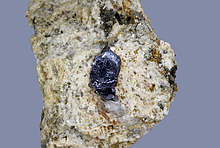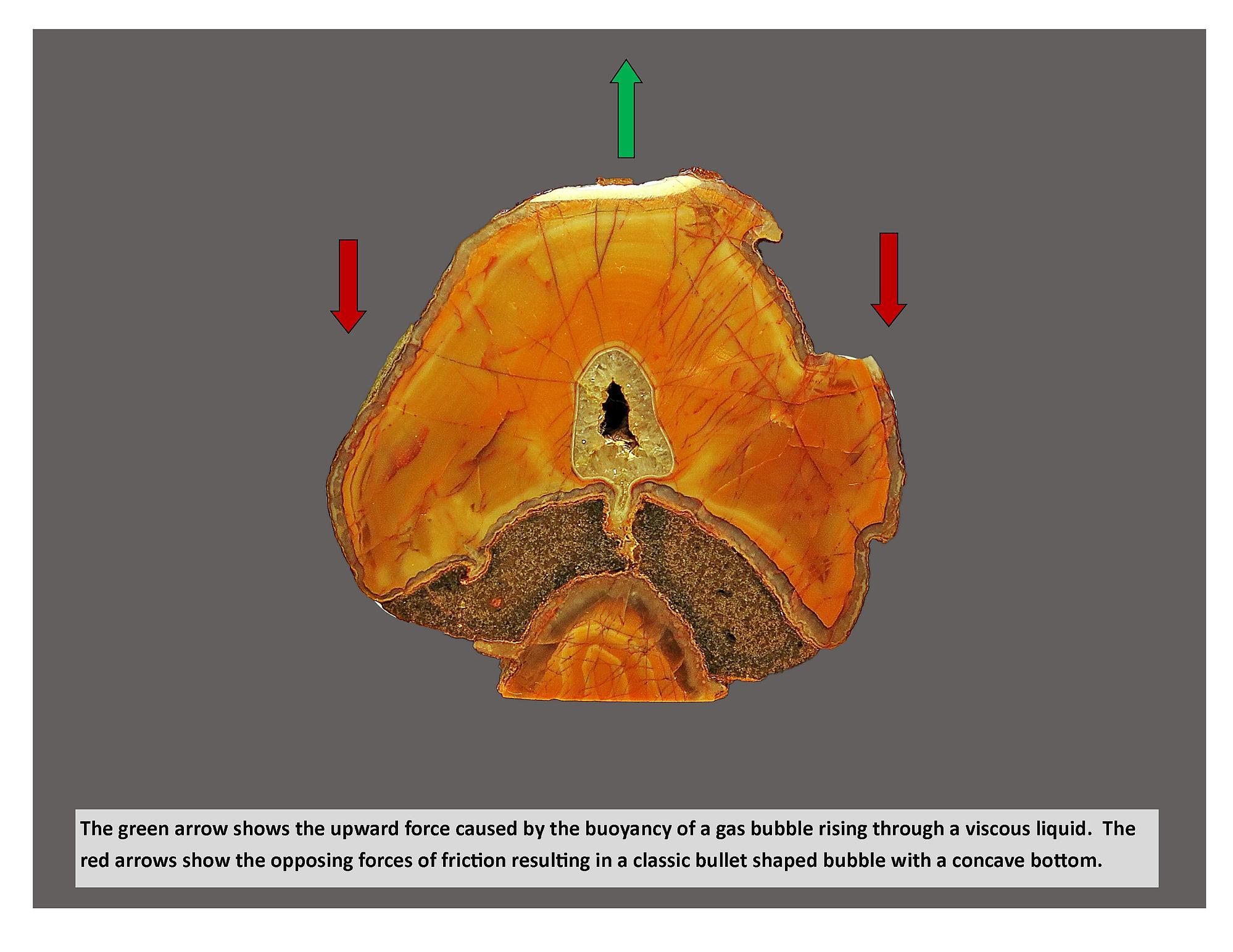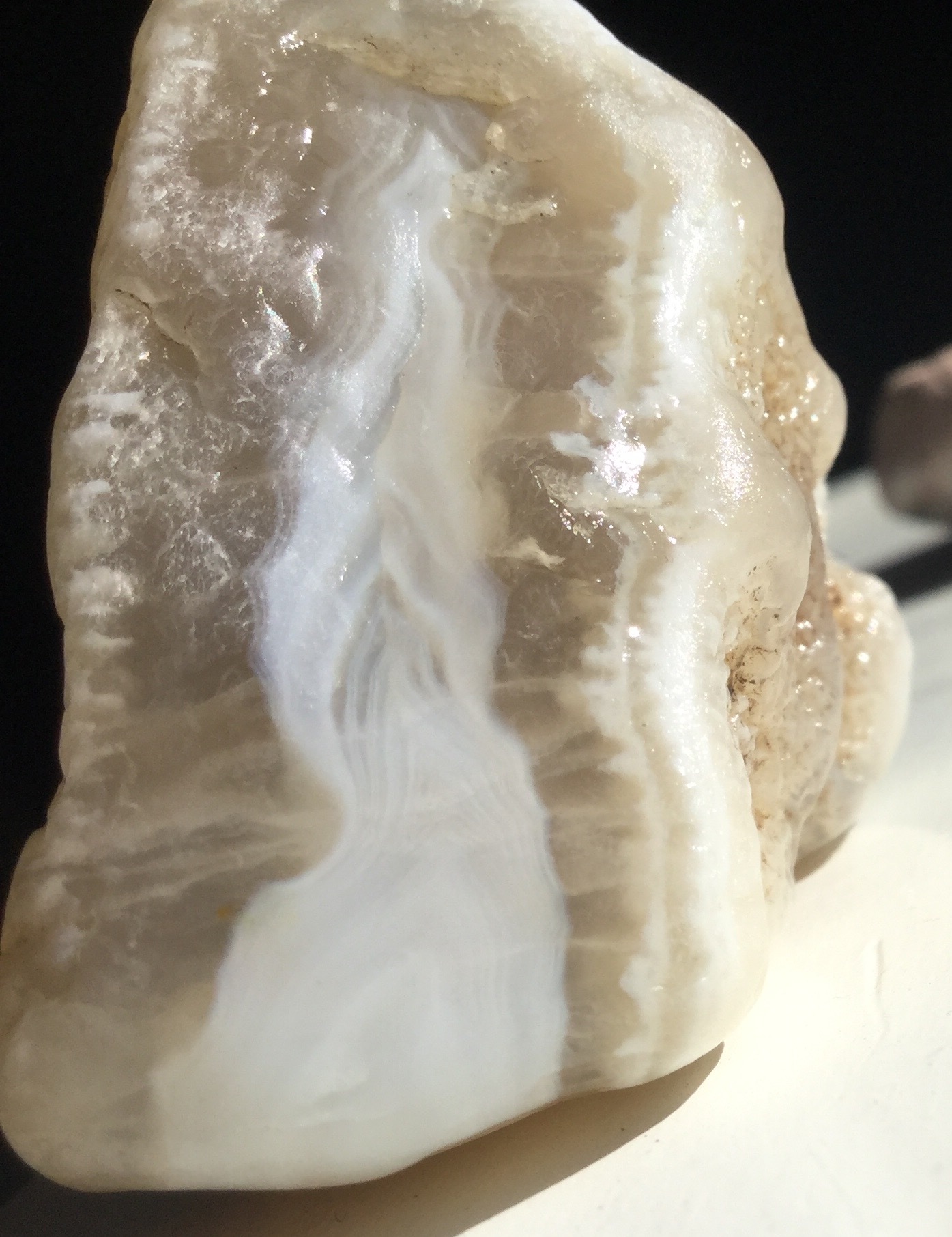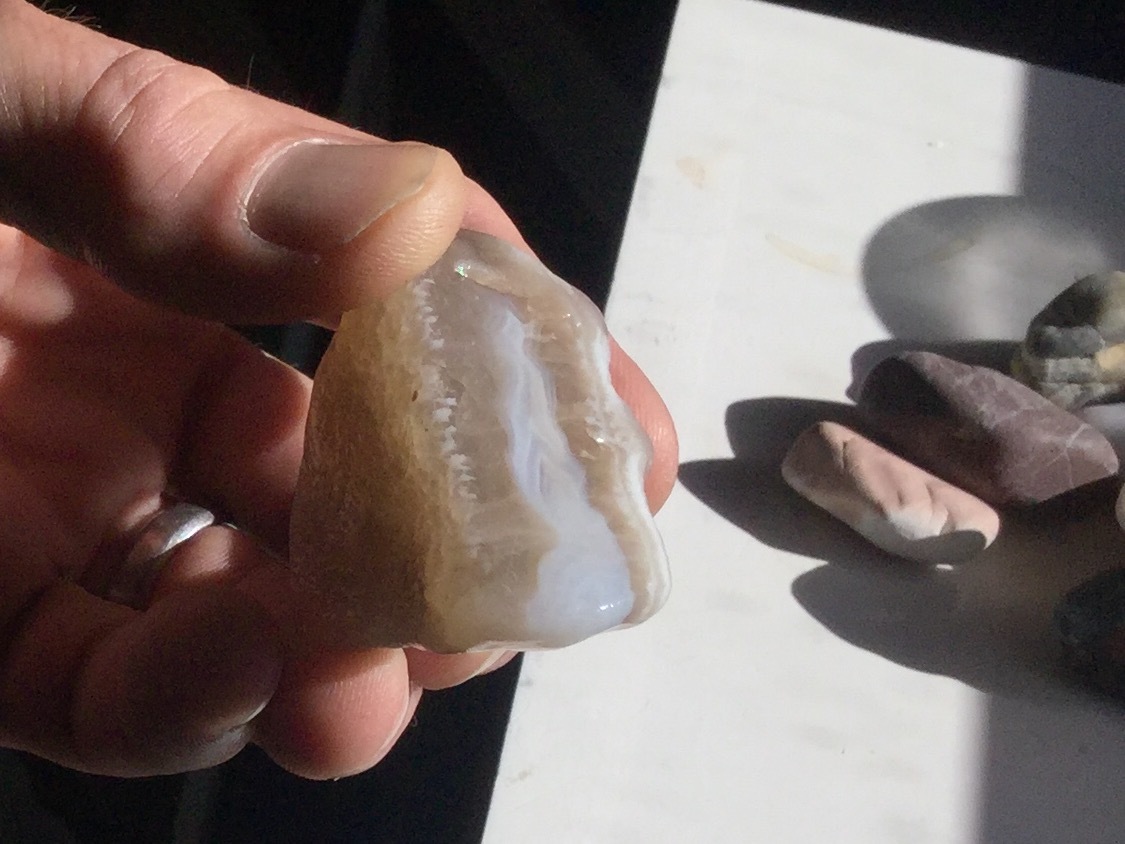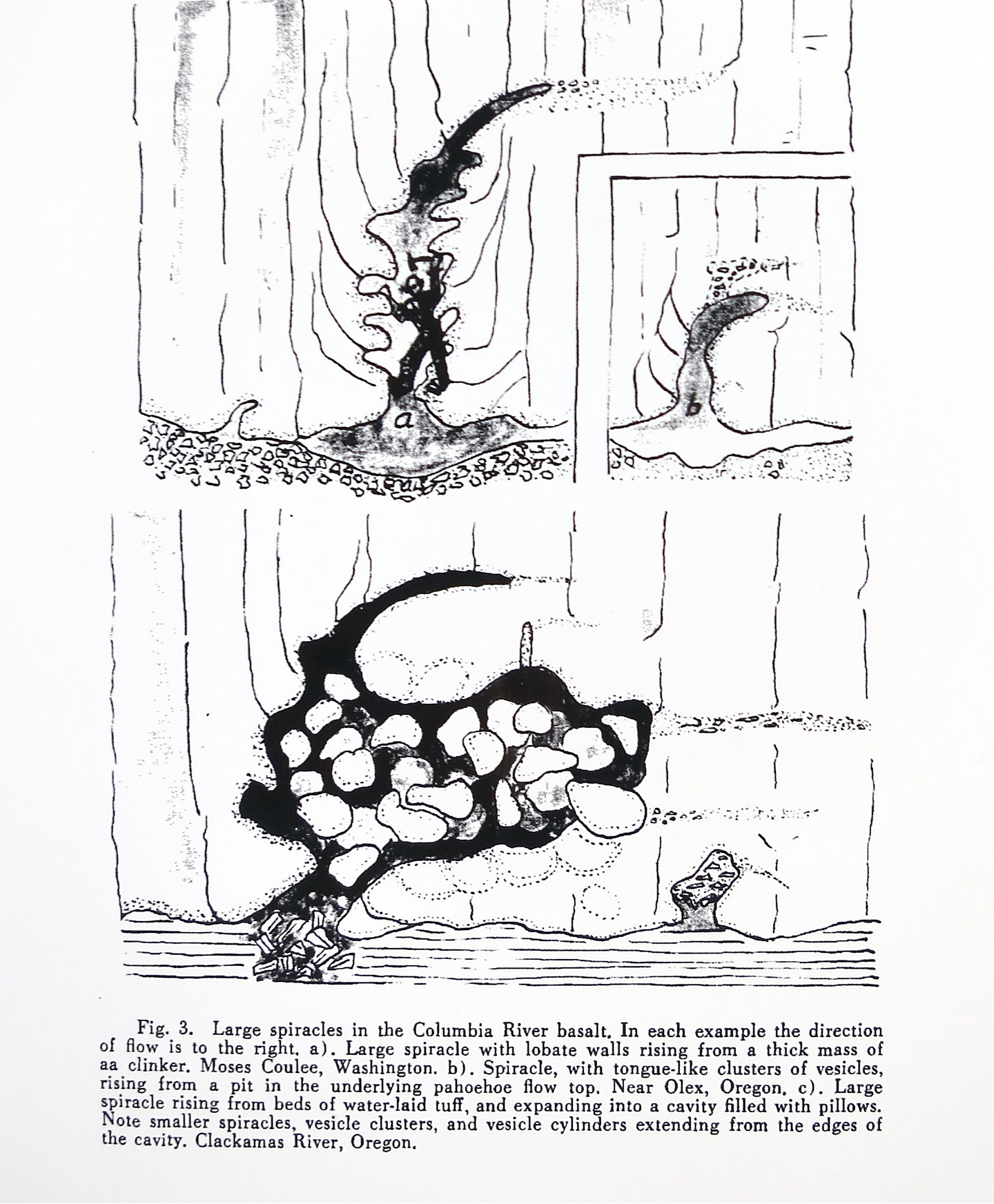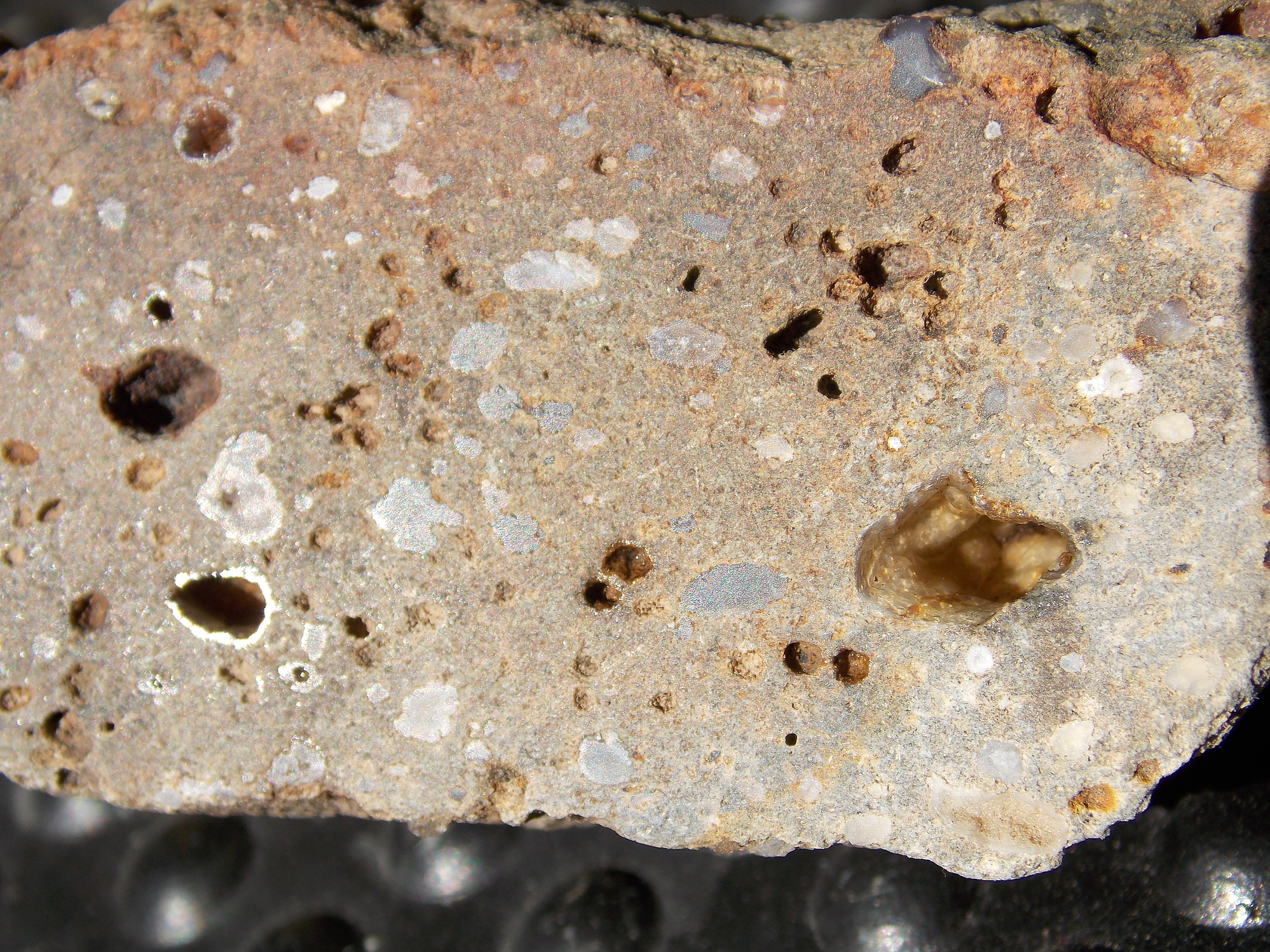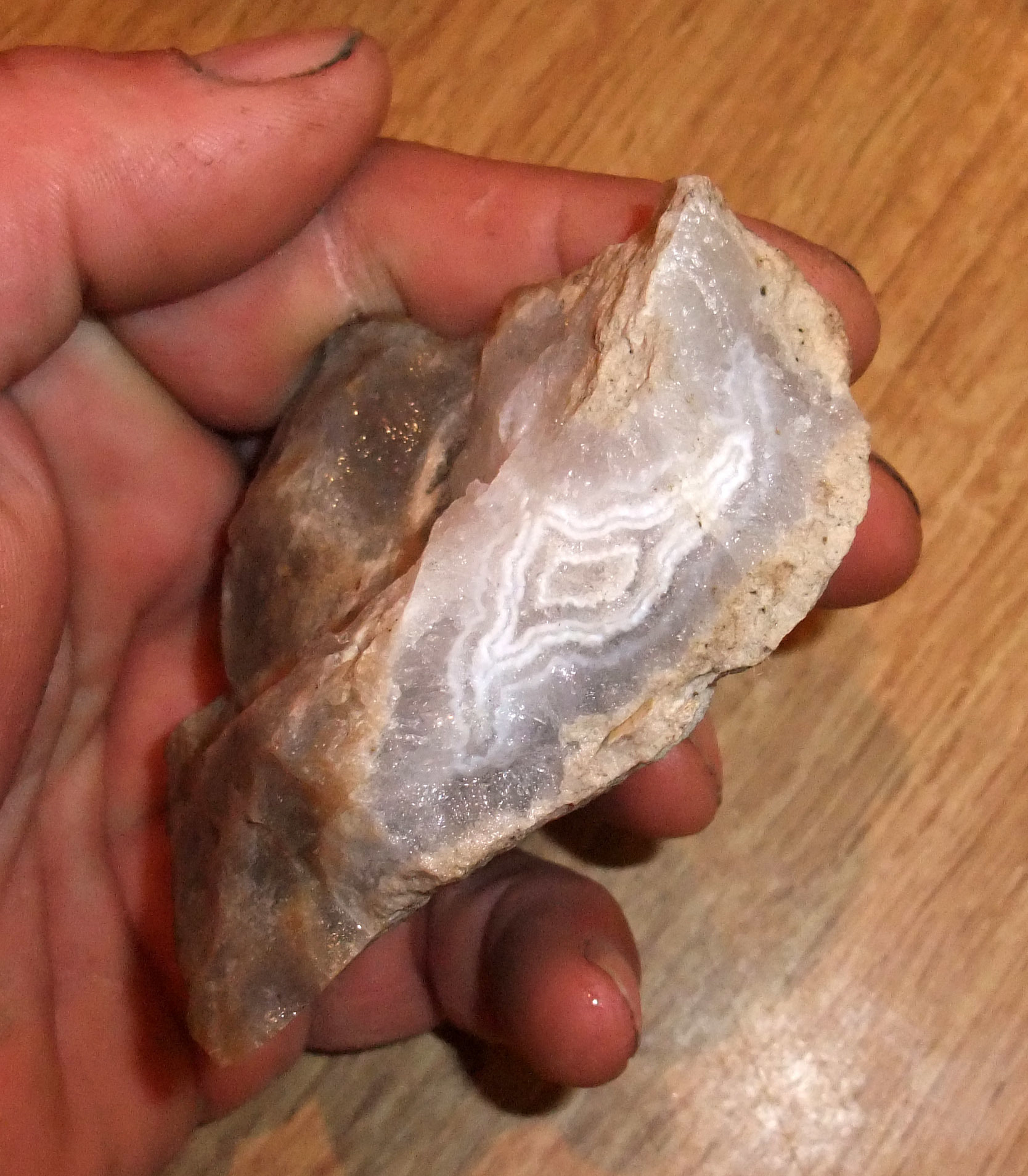Home PageAbout MindatThe Mindat ManualHistory of MindatCopyright StatusWho We AreContact UsAdvertise on Mindat
Donate to MindatCorporate SponsorshipSponsor a PageSponsored PagesMindat AdvertisersAdvertise on Mindat
Learning CenterWhat is a mineral?The most common minerals on earthInformation for EducatorsMindat ArticlesThe ElementsThe Rock H. Currier Digital LibraryGeologic Time
Minerals by PropertiesMinerals by ChemistryAdvanced Locality SearchRandom MineralRandom LocalitySearch by minIDLocalities Near MeSearch ArticlesSearch GlossaryMore Search Options
The Mindat ManualAdd a New PhotoRate PhotosLocality Edit ReportCoordinate Completion ReportAdd Glossary Item
Mining CompaniesStatisticsUsersMineral MuseumsClubs & OrganizationsMineral Shows & EventsThe Mindat DirectoryDevice SettingsThe Mineral Quiz
Photo SearchPhoto GalleriesSearch by ColorNew Photos TodayNew Photos YesterdayMembers' Photo GalleriesPast Photo of the Day GalleryPhotography
╳Discussions
💬 Home🔎 Search📅 LatestGroups
EducationOpen discussion area.Fakes & FraudsOpen discussion area.Field CollectingOpen discussion area.FossilsOpen discussion area.Gems and GemologyOpen discussion area.GeneralOpen discussion area.How to ContributeOpen discussion area.Identity HelpOpen discussion area.Improving Mindat.orgOpen discussion area.LocalitiesOpen discussion area.Lost and Stolen SpecimensOpen discussion area.MarketplaceOpen discussion area.MeteoritesOpen discussion area.Mindat ProductsOpen discussion area.Mineral ExchangesOpen discussion area.Mineral PhotographyOpen discussion area.Mineral ShowsOpen discussion area.Mineralogical ClassificationOpen discussion area.Mineralogy CourseOpen discussion area.MineralsOpen discussion area.Minerals and MuseumsOpen discussion area.PhotosOpen discussion area.Techniques for CollectorsOpen discussion area.The Rock H. Currier Digital LibraryOpen discussion area.UV MineralsOpen discussion area.Recent Images in Discussions
GeneralAgate formation theory, Part 1

26th Apr 2017 12:54 UTCLarry Maltby Expert
The symposium was sponsored by Friends of Mineralogy, Colorado Chapter; Colorado School of Mines Geology Museum; and U.S. Geological Survey.
There were 33 professional papers presented by well-known researchers on various subjects related to theories on agate formation. Each of the presentations were summarized and compiled into a 144 page report providing a very readable account of agate formation theories currently under investigation.
Rock Currier was one of the presenters. Here is the link: http://friendsofmineralogycolorado.org/wp-content/uploads/2016/10/2005_FMCC_Agate_Symposium.pdf

26th Apr 2017 13:55 UTCAlfredo Petrov Manager

26th Apr 2017 17:45 UTCLarry Maltby Expert
I recently came across another professional paper “The genesis of the amethyst geodes at Artigas (Uruguay) and the paleohydrology of the Guaraní aquifer: structural, geochemical, oxygen, carbon, strontium isotope and fluid inclusion study, June 2010”.
The first time I accessed this paper I was able to read the entire work. Now I can only access the abstract. (see below)
“The amethyst-bearing geodes found in the flood basalts of the Arapey formation at Artigas (Uruguay) were formed as protogeodes by bubbles of CO2-rich basalt-derived fluids. The formation of the celadonite rim and the lining of the geodes by agate followed by quartz and amethyst were driven by the artesian water of the Guaraní aquifer percolating the basalts from below. The temperature of the amethyst formation is estimated from fluid inclusion data to be between 50° and 120°C. Oxygen stable isotope data suggest a crystallization temperature of calcite of about only 24°C. The actual wellhead temperature of the water produced from the Guaraní aquifer in the study area is around 29°C.”
Significantly different than Merino”s theory.
Coincidently Bill Coruda wrote a summary of this theory. I lean heavily toward Bill’s version.
file:///C:/Users/Owner/Downloads/AmethystCathedral.pdf

26th Apr 2017 23:35 UTCWayne Corwin
That link will only work on your own computer,,,, not here!

27th Apr 2017 05:21 UTCLarry Maltby Expert
Bill's summary can be down loaded from this site.
https://minds.wisconsin.edu/handle/1793/11535?show=full
This provides an alternative to Merino”s theory that makes a lot more sense to me.
27th Apr 2017 12:38 UTCPaul Brandes 🌟 Manager
I believe Bill just might be on to something with this hypothesis, at least for the Brazilian geodes.
28th Apr 2017 05:17 UTCRalph S Bottrill 🌟 Manager

15th May 2017 15:39 UTCLarry Maltby Expert
See: https://www.intechopen.com/books/ionic-liquids-new-aspects-for-the-future/hydrodynamics-of-ionic-liquids-in-bubble-columns#article-front
If you do a Google search on “amethyst cathedrals” and then click on images you will see many photos that show some version of the classic bullet shape.
The photo below shows an agate (5.0 x 3.8 cm) that I collected In-situ from the basalt of the Lake Shore Traps of Keweenaw County, Michigan. If you imagine the “bubble” prior to the deposition of the microcrystalline quartz, the vesicle has a classic bullet shape. From below another “bubble” is starting to coalesce and a connection to the larger bubble above had been established at the time that the lava froze sufficiently to stop the action. This does not appear to be the result of a steam explosion caused by the lava flowing over a puddle of water.

15th May 2017 16:12 UTCDaniel Bennett

15th May 2017 18:03 UTCDaniel Bennett

15th May 2017 19:20 UTCAlfredo Petrov Manager
That was indeed the general idea, Daniel, but rather than water think of a liquid silica gel.

16th May 2017 01:26 UTCMichael Harwell

16th May 2017 17:48 UTCDaniel Bennett

17th May 2017 14:50 UTCLarry Maltby Expert
Daniel, vesicles in basalt are caused by gases that are released in molten lava as the result of a significant reduction in pressure due to a volcanic eruption. If you do a Google search on the key words “vesicular basalt” and then click on images at the top of the page you will see many photos of basalt with empty vesicles. The presence of a silica gel is not required to produce a “bullet shaped” vesicle. The mineralization within these empty vesicles usually occurs after the lava solidifies including the deposition of quartz in the form of agate. The agate that you now see in a sample of basalt is the end result of a long sequence of processes occurring over geological time. They may include the crystallization of both macro quartz and micro quartz, color changes due to natural dying processes, the dissolution and recrystallization of the quartz, and the crystallization of various mineral inclusions.
See here for the variety of mineralization in vesicles all from a single locality.
https://www.mindat.org/article.php/1801/+St.+Louis+Mine%2C+Houghton+Co.+Michigan
Remember the statement that Alfredo made at the beginning of this thread. “And I thought at the time, after 150 years of studying them (agates), we still don't know for certain how they form.”

17th May 2017 17:45 UTCDaniel Bennett
17th May 2017 20:15 UTCGregg Little 🌟
Often somewhat simple or "straight line" arguments are used for the geological processes based on the final form observed in a specimen, say an agate nodule. Agate, chalcedony or quartz is particularly complex as its formation can occur 1) in a wide range of temperatures, 2) at various pressures deep in a rock succession to as little as one atmosphere in surface deposits, 3) in most geological settings and, 4) over geologically instantaneous events to almost unfathomable long time periods. Other debates surround silica sources, crystallization sequences, closed and open systems, hydrothermal verses silica gel, episodic events, etc.
Although researchers are usually able to tease out most details on the first three points, they will grudgingly admit that inconclusive studies can suffer due to the time component. Both money and human resources are not able to duplicate this most critical element. Not often is it easy to demonstrate the sequence from extrusive event to the final specimen in hand as often intermediate steps of deposition, solution, replacement and re-crystallization, to name a few, occur.

17th May 2017 21:39 UTCDaniel Bennett
18th May 2017 01:13 UTCGregg Little 🌟

28th Aug 2020 10:19 UTCLidja Kuresevic
Gregg Little ✉️
The silica gel deposition theory by Moxon has to account for an approximate volume loss of about 20% upon crystallization. The void plus the macro-crystalline clear quartz could be evidence of the 20% volume loss thus supporting the silica gel hypothesis of deposition. Please Mr Little, could you share the complete citation of the publication where you found this data?

1st Sep 2020 19:07 UTCDaniel Bennett

19th May 2017 13:31 UTCLarry Maltby Expert
Michael, I assume that you are talking about the “chevron” pattern in the banding. Your sample looks like a vein deposit of high quality chalcedony. I don’t think that the pattern necessarily points upward. It is most likely just the pinching off of the pattern due to running out of space to form.

19th May 2017 13:39 UTCMichael Harwell

19th May 2017 17:35 UTCLarry Maltby Expert
Geologists have studied this subject and have provided some interesting information. Based on a wide variety of conditions the hot lava reacts with the water and a steam explosion occurs at the contact with the wet substrate at the bottom of the flow. Evidence of the explosion into the lava can be seen in the basalt after the lava solidifies. The formations are called “spiracles”.
In the U.S. one of the best places to see spiracles in basalt is in the massive flows of the Columbia River Basalt Group in Washington State. Here is a photo from a paper on hydrology produced by the State of Washington.
Ref, T. Tolan et-al, 2009, Hydrology of the Columbia River Basalt Aquifer System, Columbia Basin Ground Water Management, State of Washington.
The spiracle is full of explosive debris including Hyaloclastite, a tuff like breccia rich in black volcanic glass. In this case there are no open vugs or vesicles.
Below is a drawing shown in another professional paper.
Ref, A. C. Waters, 1960, Determining Direction of Flow in Basalts, Johns Hopkins University, Baltimore, Maryland.
The top drawing (a.) shows a large open spiracle with corrugations caused by the molten lave trying to collapse into the space but being held back by the pressure of the steam in the vug. The lower drawing (c.) shows a large spiracle filled with pillow basalt due to a larger amount of available water.
None of these examples indicate the presence of silica gel, agate or any other secondary deposits.
20th May 2017 20:35 UTCGregg Little 🌟
20th May 2017 23:46 UTCRalph S Bottrill 🌟 Manager
21st May 2017 18:41 UTCGregg Little 🌟

22nd May 2017 19:36 UTCLarry Maltby Expert
One theory is based on the idea that agate forms as a secondary deposit. This is the conventional theory and is based on a large body of evidence and also fits the observations that I have personally made during field collecting. If you consider that agate forms in vesicles in basalt, in sediments, in veins, in wood, in bone, in casts of wood, in casts of fossils, as replacements in other minerals, this theory is highly probable.
The other theory put forth by Merino is that agate forms as a primary constituent of basalt crystalizing in unison with the basalt. Below is a brief quote from his paper.
“The basalt flow stops moving and starts cooling down. As the 1000-degree isotherm sweeps inward through the flow, the basalt crystallizes fast. Each glob of silica gel, as a closed system, quickly crystallizes into an agate too, just as fast as the surrounding basalt, and at a similar, very high temperature.”
This would be a very easy theory to prove but I have spent many hours looking for verification to no avail. It seems to me that all that would be required, would be for a researcher to go to a recent flow less than a year old and find fully developed agates in recent basalt. I have never found a reference like this. For this reason it seems to me that Merino’s theory has very low probability to have occurred in nature. On the other hand if fully developed agates were found in year old (or less) basalt the theory would have more credibility.
23rd May 2017 08:58 UTCUwe Kolitsch Manager
Numerical simulations of amethyst geode cavity formation by ballooning of altered Paraná volcanic rocks, South America
L. A. HARTMANN, J. T. N. MEDEIROS and L. T. PETRUZZELLIS
Journal: Geofluids, 2012, Volume 12, Number 2, Page 133
Numerical modelling by finite element methods provides two significant insights into the formation of the giant amethyst geodes of the Paraná volcanic province: the conditions needed to open the cavities and the conditions that control their size and shape. Giant amethyst geodes were formed in the Cretaceous (135 Ma) in altered volcanic rocks by water vapour pressure (Δp) at about 0.5 MPa under an altered basalt cover of 5–20 m. Only rocks with Young’s modulus values (E) in the range 1–2 GPa can sustain ballooning, which is the growth of a cavity in a ductile medium by the pressure of water and its vapour. The size of the proto-geode is dependent on the water vapour pressure, which is directly related to thickness of the overlying basalt. Varying the yield points causes the formation of either prolate or oblate cavities. A low transition point (smaller than 0.18 MPa) generates a prolate-shaped cavity, whereas a high transition point (larger than 0.18 MPa) generates oblate proto-geodes. Proto-geodes are smaller when Young’s modulus is higher (rock is less altered) or when water vapour pressure is lower (because of thinner overburden of basalt). The calculations are an indication that the processes operative in the altered basalts led to the opening of giant cavities by ballooning.
Stable isotope and mineralogical investigation of the genesis of amethyst geodes in the Los Catalanes gemological district, Uruguay, southernmost Paraná volcanic province
Lauren C. Duarte, Leo A. Hartmann, Luiz H. Ronchi, Zsolt Berner, Thomas Theye and Hans J. Massonne
Journal: Mineralium Deposita, 2011, Volume 46, Number 3, Page 239
Stable isotopes (C, O, S) and mineralogical studies of the world-class amethyst-geode deposits of the Los Catalanes gemological district, Uruguay, constrain processes operative during mineral deposition. The mineralized basaltic andesites from the Cretaceous Paraná volcanic province are intensely altered to zeolites (clinoptilolite) and clay minerals. Variations in the δ18O values of silica minerals in geodes (chalcedony, quartz, and amethyst) are much larger and the values generally somewhat lower (21.2–31.5‰) in the Uruguayan deposits than in the Ametista do Sul area of southern Brazil. The range of δ34S values (−15.0 to −0.3‰) of altered basaltic rocks requires (in addition to sulfur of magmatic origin) the involvement of 34S-depleted sedimentary sulfur from bacterial sulfate reduction. The results delimit the mineralizing processes to a post-eruption environment characterized by low temperature and strong interaction of the lava flows with meteoric water.
Sequential opening and filling of cavities forming vesicles, amygdales and giant amethyst geodes in lavas from the southern Paraná volcanic province, Brazil and Uruguay
Léo Afraneo Hartmann, Lauren da Cunha Duarte, Hans-Joachim Massonne, Cassiana Michelin, Leonardo Manara Rosenstengel, Magda Bergmann, Thomas Theye, Juliana Pertille, Karine Rosa Arena, Sandro Kucera Duarte, Viter Magalhães Pinto, Eduardo Guimarães Barboza, Maria Luiza C.C. Rosa and Wilson Wildner
Journal: International Geology Review, 2012, Volume 54, Number 1, Page 1
The opening and filling of cavities in rocks are the major processes related to the generation and sealing of porosity in ore deposits. This study documents three stages of opening and filling of vesicles and geodes in the basalts and rhyodacites of the southern Paraná volcanic province. Each step detailed here is actually part of a sequence of minor hydrothermal events. First, lava degassing at high temperature (1150°C) formed small (<4 cm) vesicles in the crusts of flow units. In sequence, these vesicles were partly to fully filled at low temperature (30–150°C) by hydrothermal minerals, particularly clays and zeolites; this process also sealed the porosity of the lava. Second, the injection of fluidized sand generated new cavities, which were partly filled with sand; the newly formed porosity was sealed by the low-temperature fluid. Third, intense alteration of the basalt or rhyodacite core into a claystone favoured the opening of small to giant protogeodes (0.1 mm to 4 m) by dissolution; cooling of the fluid led to the precipitation of hydrothermal minerals, particularly the spectacular amethyst, calcite, and gypsum-bearing geodes.
Controls on prolate and oblate geode geometries in the Veia Alta basalt flow, largest world producer of amethyst, Paraná volcanic province, Brazil
L.A. Hartmann, J.T.N. Medeiros, S.B. Baggio and L.M. Antunes
Journal: Ore Geology Reviews, 2015, Volume 66, Page 243
Variable intensity of hydrothermal alteration of the Veia Alta basalt flow, Ametista do Sul, Brazil, exerted the fundamental control on the shape and size of the amethyst geodes. The loss on ignition (LOI) of the host basalt is used as a proxy for intensity of alteration and has direct relationship with the height of the geodes (up to 150 cm in the three study mines) and with the prolaticity of geodes. All rocks with LOI > 5 wt.% host prolate geodes and all oblate geodes are hosted in rocks with LOI < 5 wt.%. An additional observation is the extensive mobility of several elements during hydrothermal alteration (variable LOI), including SiO2, K2O and Rb. The hydrothermal origin of the geodic cavities is thus established and their shapes explained by the empirical observation of the results from a previous numerical simulation experiment.
23rd May 2017 18:35 UTCGregg Little 🌟
Much as yourselves, I favour the hydrothermal theory of the formation of agate, chalcedony and quartz associated with volcanogenic terrain but research argues that it is far from established as the only theory. I would recommend reviewing an excellent summary which for even the less scientifically incline who follow this blog would find informative; Agates: a literature review and Electron Backscatter Diffraction study of Lake Superior agates, Timothy J. Beaster Senior Integrative Exercise March 9, 2005, Submitted in partial fulfillment of the requirements for a Bachelor of Arts degree from Carleton College, Northfield, Minnesota.
A brief of the Summary section is that there is much research supporting multiple theories. This situation has resulted from many authors' research into the various silica sources, the methods of agate deposition in the amygdule, the range of formation temperatures and the significance of age on agates. Although the structure of agate has been well researched, as of this 2005 review, the replication of agate-like pattern generation in the laboratory has eluded researchers resulting in further inconclusiveness.
The amethyst geode cavity formation by ballooning of altered Paraná volcanic rocks, in South America is a very interesting and specific case that supports the hydrothermal depositional theory. Although impressive, this unique deposit should not be extrapolated to explaining all agate deposition but rather clearly demonstrating a hydrothermal mechanism in this setting.

24th May 2017 16:25 UTCLarry Maltby Expert
Thanks for the information. I was able to obtain the complete paper on your first reference about the ballooning of vesicles in altered basalt. It is especially interesting to me because I have collected extensively in soft, altered or decomposing basalt containing agate nodules up to 20 cm in length and this paper gives me some insight into the possible physical properties of the matrix. I am just starting to dig into this and will likely have more comments later.
Another point of interest is that I worked for about 40 years designing sheet metal panels and structures in the auto industry. We used finite element analysis extensively in this process and now I find out that this science was also used to investigate the ballooning of vesicles in basalt.

24th May 2017 20:18 UTCAlfred L. Ostrander
Several recent articles I have found on the amethyst geodes in the Serra Geral flood basalts near Ametista do Sul present a two stage process for the geodes. The proto-geode cavities formed during cooling with dates averaging out to about 135 Ma. This would include the ballooning mentioned previously.
The second stage was the formation of the geodes themselves. That is considered to be from mineralized meteoric waters. The sources for the mineralization are considered to be the interstitial glass fractions of the basalts and possibly also from the underlying arenaceous Botucato sandstones. It seems this is mostly hydrothermal waters rising from an aquifer in the Botucato sandstones. Formation of the geodes appears to be dated from 65 Ma to about 80 Ma. That is quite a gap in time from the original basalt flows but those are the figures presented. Keeping track of hydrothermal events through this extended period of time has been a bit of a problem only in that I am trying to put together as coherent a time line as I can.
I found a lot of this information just googling Brazilian agate formation. Still lots of reading to do especially in regards to the tectonic movement and shifting environmental factors up to the period of time about 70Ma when the geodes were forming.
Just an interesting note: These flood basalts are considered to be related to the Walvis hot spot appearing about 135 Ma. Of course, this was the beginning of rifting between Africa and South America. Part of the Serra Geral lavas are still sitting along the African margin. In Namibia they are referred to as the Etendeka flood basalts. The combined basalts of the Parana Flood Basalt Province are thought to be the largest in the world.
26th May 2017 14:25 UTCGregg Little 🌟
Are you trying to equate tectonic events to the periods of hydrothermal activity for the quartz mineralization? I was poking around the literature and the opening of the South Atlantic was episodic both in time and spatially (fixed North African block causing opening from both the north and south ends of the South Atlantic rift zone). I am not sure if there were "failed" subduction zones during early rifting adjacent to the Parana Basin as this could be a possible heat source to drive the hydrothermal plumbing that caused the later mineralization. Early rifting predates the mineralization but much tectonic activity and vulcanism extends well into the late Cretaceous (100 to 65.5 mya).
Regards,Gregg

23rd Jul 2017 18:50 UTCDaniel Bennett

23rd Jul 2017 18:53 UTCDaniel Bennett
24th Jul 2017 13:13 UTCRalph S Bottrill 🌟 Manager

24th Jul 2017 22:39 UTCDaniel Bennett
25th Jul 2017 01:55 UTCPaul Brandes 🌟 Manager
The vesicular basalts of the Keweenaw Peninsula in Michigan are an education in paragenetic sequences when it comes to mineral assemblages. In the Keweenaw, there were at least three different stages of mineralisation, each with their own chemistry which produced many different minerals, including the famous native copper deposits we see today.
26th Jul 2017 04:18 UTCRalph S Bottrill 🌟 Manager

26th Jul 2017 16:50 UTCDaniel Bennett

26th Jul 2017 21:00 UTCDavid Baldwin




Mindat.org is an outreach project of the Hudson Institute of Mineralogy, a 501(c)(3) not-for-profit organization.
Copyright © mindat.org and the Hudson Institute of Mineralogy 1993-2024, except where stated. Most political location boundaries are © OpenStreetMap contributors. Mindat.org relies on the contributions of thousands of members and supporters. Founded in 2000 by Jolyon Ralph.
Privacy Policy - Terms & Conditions - Contact Us / DMCA issues - Report a bug/vulnerability Current server date and time: April 20, 2024 06:12:53
Copyright © mindat.org and the Hudson Institute of Mineralogy 1993-2024, except where stated. Most political location boundaries are © OpenStreetMap contributors. Mindat.org relies on the contributions of thousands of members and supporters. Founded in 2000 by Jolyon Ralph.
Privacy Policy - Terms & Conditions - Contact Us / DMCA issues - Report a bug/vulnerability Current server date and time: April 20, 2024 06:12:53

